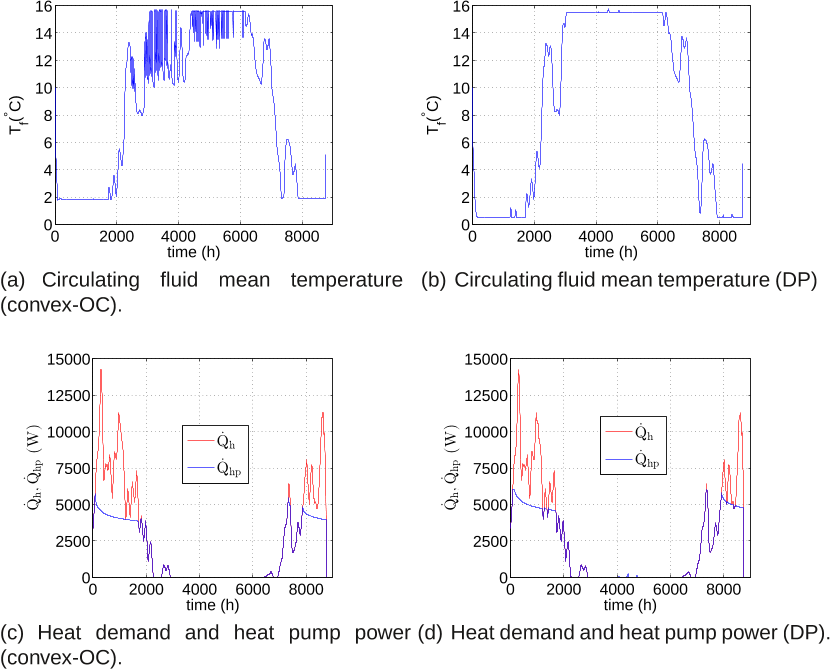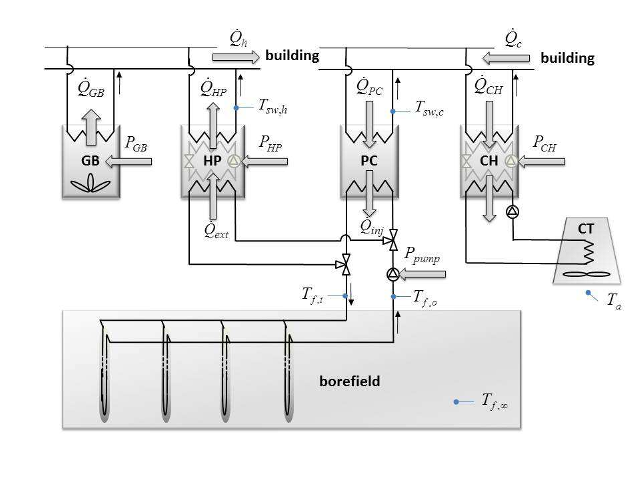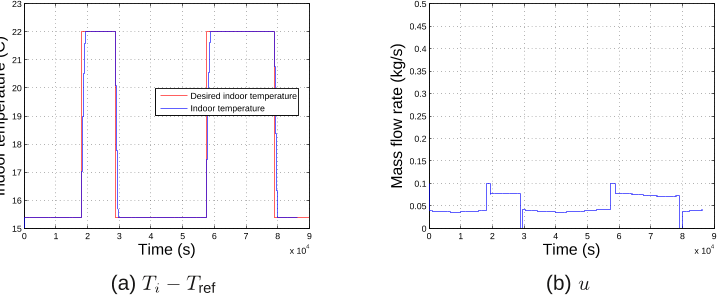Abstract: In this paper, a compact overview of the state-of-the-art in modeling of ground-coupled heat pump (GCHP) systems and an in-depth review of their optimal control along with the associated research challenges are given. The main focus is on optimal control but since design of an optimal controller may require a model, a relatively short literature review of modeling approaches is also discussed. Adopting the adage “a picture is worth a thousand words”, we tried to include a minimal number of representative schematics and result figures for some of the reviewed studies for clarity and a better understanding of the presented material. In addition to the literature review, we included our comments, points of view, alternative solutions and some potential future directions. This review paper is useful both for engineers and researchers involved in modeling and optimal control of GCHP systems. The second part of the paper, “Ground-Coupled Heat Pumps: Part 2 – Literature Review and Research Challenges in Optimal Design”, focuses on the literature review on optimal design and the associated design challenges for GCHP systems.




![Figure 1: Adaptive control: indoor temperature response and control input, figure taken from [19].](/figures/figure-1-adaptive-control-indoor-temperature-response-and-1jxspgpl.png)
![Figure 2: Fuzzy control: indoor temperature response and control input, figure taken from [19].](/figures/figure-2-fuzzy-control-indoor-temperature-response-and-4ad8bh4e.png)

![Table 1: Model parameters of the simulated building HVAC system [19]](/figures/table-1-model-parameters-of-the-simulated-building-hvac-24ckca9o.png)
